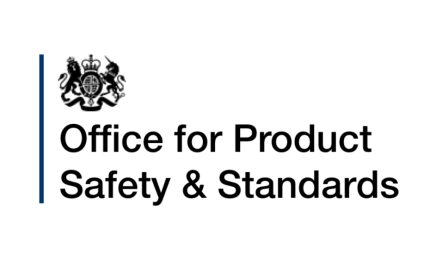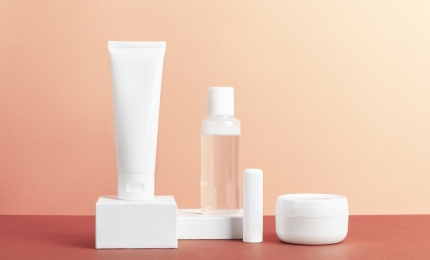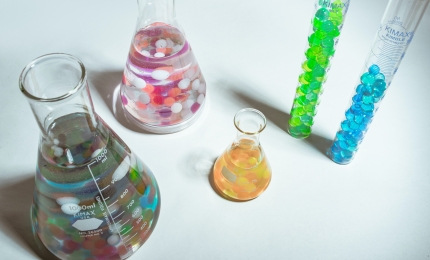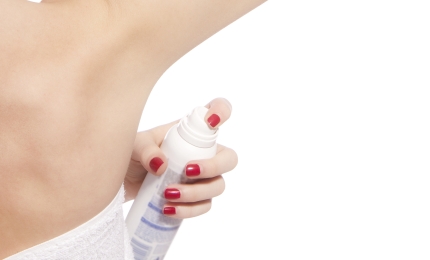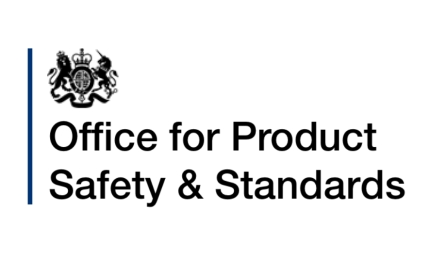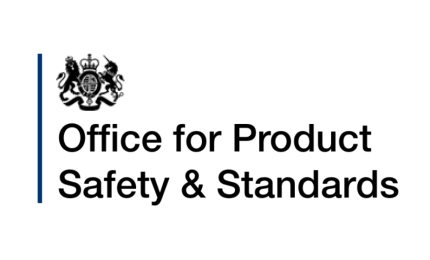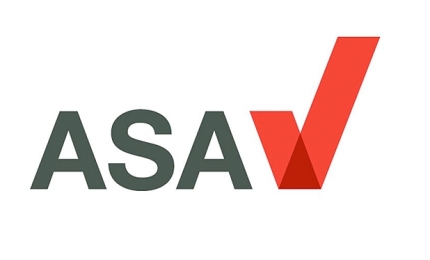Find us on...
The cosmetics industry continues to innovative with the use of advanced technology and cutting-edge science. However, ensuring claims for cosmetics do not cross the border with medicinal products can be difficult.
To ensure that products stay within the scope of the cosmetic legislation, companies have to assess their products against the definition of cosmetic products under Article 2 of the EU Cosmetics Regulation. In order to do so, companies shall consider the below questions:
- Is the product a substance or a mixture? A product can be considered a cosmetic only if it is a substance or a mixture of substances.
- What is the site of application of the product? Products that are applied to the skin, hair, nails, lips, oral cavity, teeth, external genital organs can be classed as cosmetics, as long as they meet the other classification requirements.
- Does the product have a cosmetic function (i.e. cleaning, perfuming, changing the appearance, etc.)? If the product has a clear primary cosmetic function, it is classed as a cosmetic. Products that treat or prevent adverse conditions (e.g. eczema, acne) are classed as medicines; products that sanitise/disinfect hands are classed as biocides.
- Does the composition of the product comply with the CPR requirements? Products that contain ingredients that are banned, or are at a higher level than permitted under the EU Cosmetics Regulation cannot be legally marketed as cosmetics. For example, a toothpaste exceeding the limit of fluoride is not a cosmetic.
- Does the product look like a cosmetic (i.e. its overall presentation and claims are cosmetic)? This includes a product's claims, whether they are text/images/symbols, and anything else that would make a product look like a cosmetic or something else.
This quick assessment can help to classify correctly a product and identify if it is a cosmetic. More information can be found in the EU Commission Borderline Manual for cosmetics and in the Medicines and Healthcare products Regulatory Agency (MHRA) Guidance Note 8.


